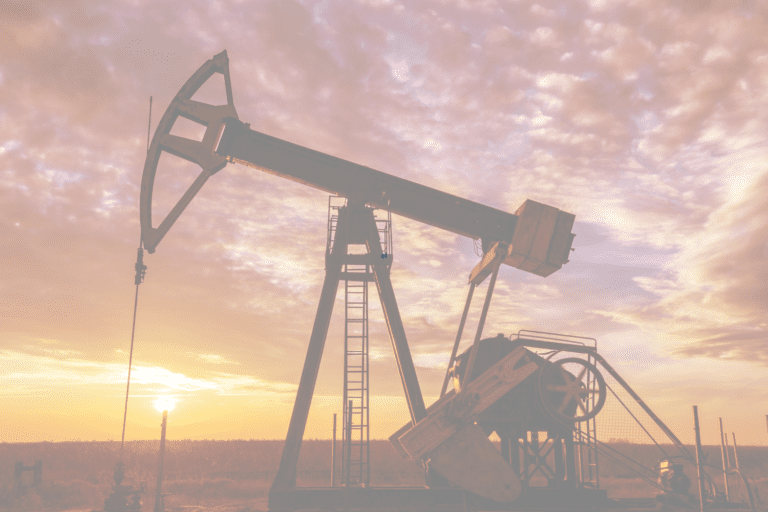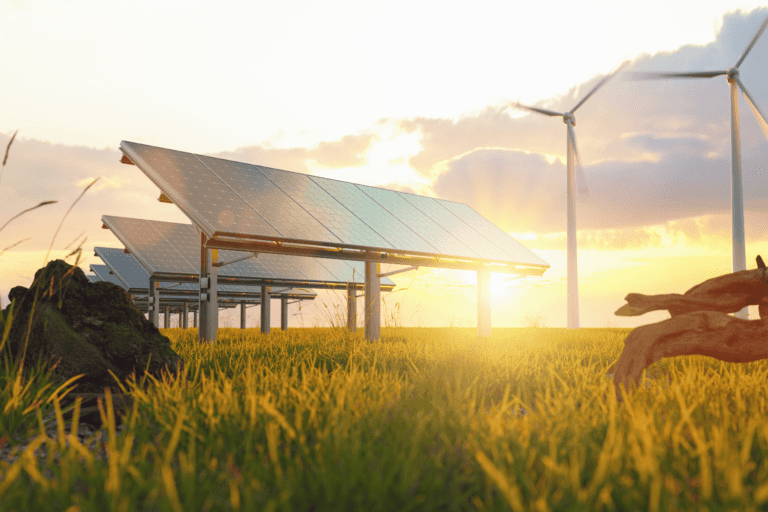With natural disasters, such as snowstorms, hurricanes, and wildfires worsening every year due to extreme weather conditions, it’s important to be prepared for disasters should they strike. This is especially true if you own a home or business in a disaster-prone area. One thing you should consider having on hand is an emergency preparedness kit.
While all emergency preparedness kits should have key items, if you have pets, babies, or seniors to look after, there are additional items you might need to gather for an emergency preparedness kit.
Additionally, depending on the type of natural disaster for which you intend to prepare, there are supplemental items you should include in your kit. With wildfires currently ravaging primarily the west coast and other parts of the United States, we’ll cover items you should have in a wildfire emergency kit.
Emergency Preparedness Kit – Basics
- Water: one gallon per person, per day for three to seven days
- Food: three to seven-day supply of non-perishable items that are easy to prepare, such as canned foods or snacks. Pack a can opener for canned foods if needed.
- Disposable plates, cups, and utensils
- First aid kit
- Medications: seven-day supply and items needed to administer medication
- Personal hygiene and sanitation items
- Flashlights
- Whistles
- Extra batteries
- Battery-powered or hand-crank radio, preferably a NOAA weather radio
- Cell phone chargers and backup batteries
- Personal documents: birth certificates, marriage certificates, social security cards/proof of residency, wills, passports, proof of address, deed/lease to residence, medication list, pertinent medical information
- Family and emergency contact information
- Maps of the area
- Cash
- Spare car and house keys
- At least one extra set of clothes, per person, preferably in bright colors
- Reflective emergency blanket
- Have easily carried valuables and irreplaceable items, like family photos near your emergency kit, so you can carry them with you if time allows
What about Pets, Babies, and Seniors?
- For each pet: identification, immunization records, carrier, collar, leash, bowl, medications, water, and food
- For babies: bottles, formula, baby food, diapers, wipes, and small toys
- For seniors: hearing aids with extra batteries, instructions about how to administer medicine (if needed), instructions about how to use lifesaving equipment, and contact information for medical personnel who administer treatments
Items to Prepare for Wildfires
- Leather work gloves
- Full-coverage goggles
- Long cotton or wool pants
- Long sleeve cotton or wool shirt that covers the neck
- Wool socks
- Floppy cotton hat
- Bandana or handkerchief to cover face
Besides having a wildfire emergency kit, it’s a good idea to connect with your insurance broker to review your policies and make sure you’ll be covered in case of an emergency.





No Comments yet!